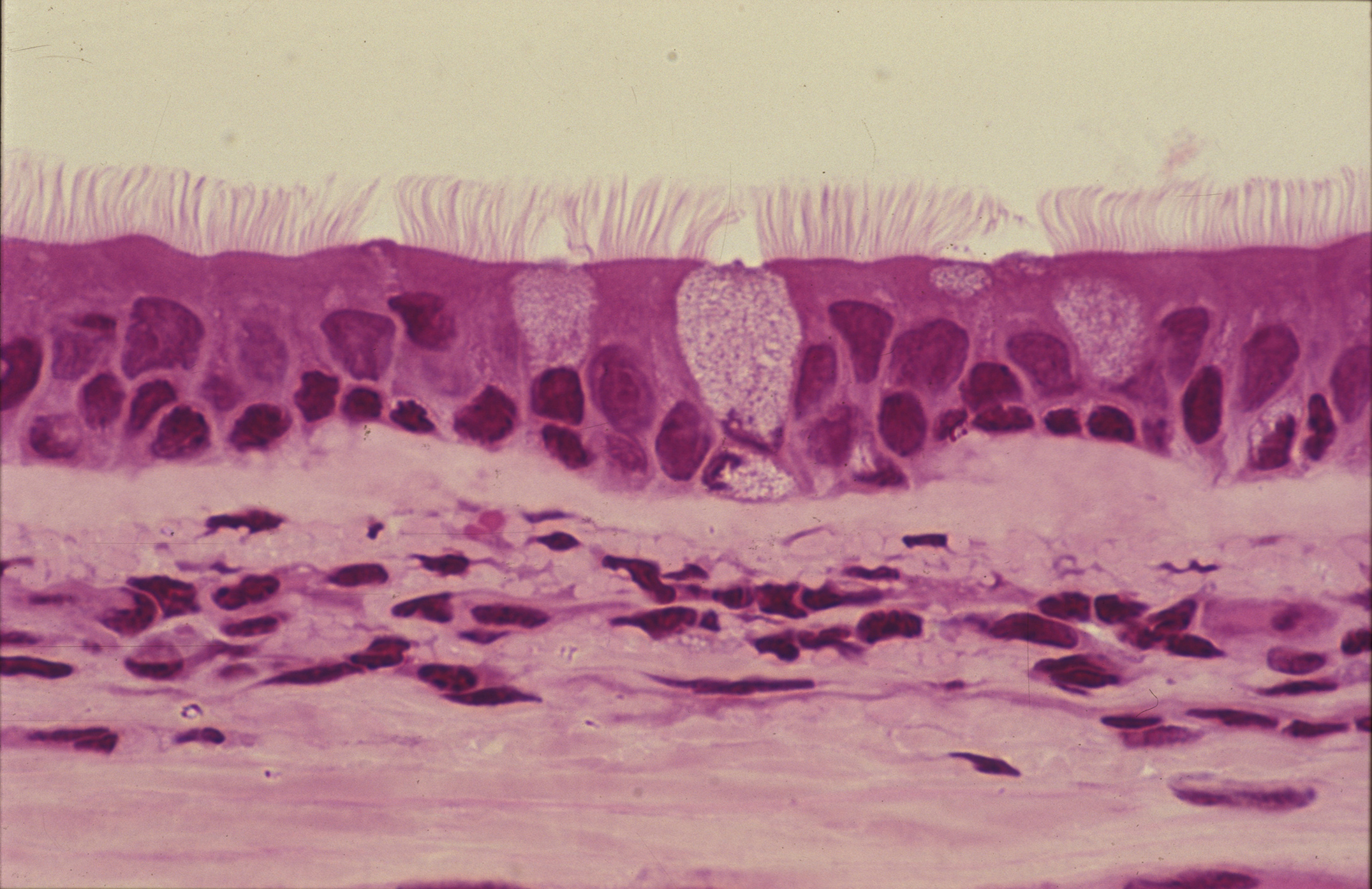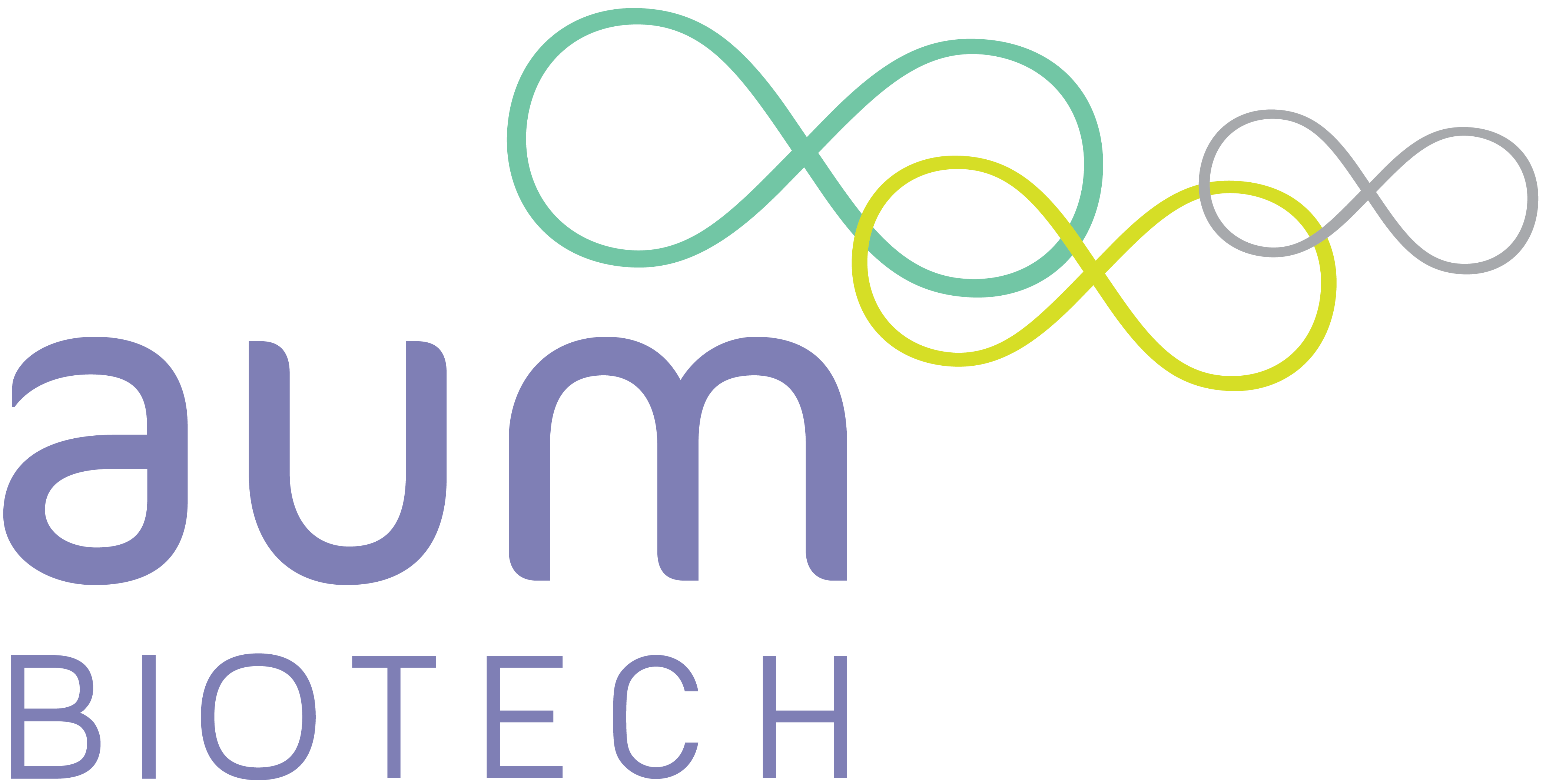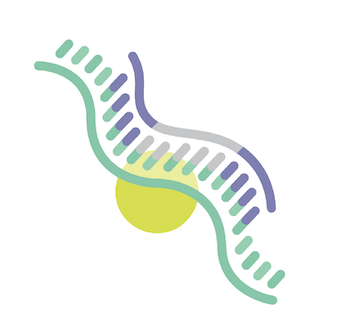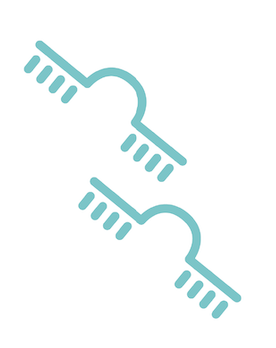AUMlnc™
Self-Delivering ASOs for lncRNA Knockdown

AUMlnc™
Self-Delivering ASOs for lncRNA Knockdown
AUMlnc™ oligonucleotides are designed for the knockdown of long non-coding RNAs (lncRNAs). Long non-coding RNAs are a class of RNA molecules (typically >200 nucleotides) that do not code for proteins but often regulate gene expression, chromatin state, or other cellular processes. They can localize to the nucleus or cytoplasm and have diverse functions.
AUMlnc ASOs leverage the same AUMsilence platform and self-delivery mechanism as our other products, making them exceptionally well-suited for targeting lncRNAs. In fact, ASOs have emerged as one of the most effective tools for lncRNA research because many lncRNAs act in the nucleus, where siRNAs and other RNAi tools are less effective. AUMlnc oligos can enter the nucleus and induce RNase H-mediated degradation of lncRNA transcripts.
Unlocks lncRNA Research
LncRNAs have been historically challenging to study because of the lack of tools to perturb them. AUMlnc provides a straightforward way to silence lncRNAs in cells and animals. Whether the lncRNA acts in cis (nearby on the DNA) or trans (far away in the cell), as long as you can target its transcript, AUMlnc can likely knock it down.
Effective in the Nucleus
One of the greatest strengths is nuclear efficacy. For example, if you are studying an lncRNA that regulates chromatin (like XIST or MALAT1), AUMlnc can be delivered to cells and will reduce the levels of that lncRNA in the nucleus, leading to observable changes.
High Specificity for LncRNA Sequence
LncRNAs often belong to gene families or have repetitive elements. AUMlnc ASOs can be designed to target unique regions of the lncRNA to avoid off-target hits on similar sequences elsewhere. The high specificity of antisense binding means you can even target one specific splice variant of a lncRNA if needed.
No need for Genetic Manipulation
Alternatives to knockdown lncRNAs include CRISPR-mediated deletion of the genomic locus or CRISPR interference. Those methods are labor-intensive and permanent. AUMlnc offers a non-genetic, reversible approach. This is crucial because some lncRNA genes overlap with other genes or have regulatory elements that a genomic deletion would disturb.
Mechanism of Action

Targeting LncRNA Transcripts: AUMlnc ASOs typically bind to the lncRNA molecule along stretches of sequence that are accessible (e.g., unstructured regions or regions not bound by proteins). Once bound, they form an ASO–lncRNA duplex. Because AUMlnc uses a next-generation chemical modification platform similar to our other products, it will recruit RNase H to cleave the RNA strand of the duplex. This leads to degradation of the lncRNA transcript.
Functional Blockade (Steric Blocking): In some cases, you might design an AUMlnc ASO to bind at a critical functional domain of the lncRNA, for example a region that binds a protein partner or the locus at which the lncRNA base-pairs with another RNA. By simply occupying that region, the ASO can block the lncRNA from performing its function, even if the lncRNA isn't fully degraded.
Self-Delivery and Nuclear Uptake: AUMlnc oligos do not require any transfection reagent to get inside cells. They can cross the cell membrane and distribute in both cytoplasm and nucleus. The fact that AUMlnc oligos naturally accumulate in the nucleus is a major advantage over siRNAs, which are largely excluded from the nucleus.
Applications and Use Cases
Determine LncRNA Function
When a new lncRNA is discovered (say by RNA-seq or in a CRISPR screen), the first question is "what does it do?". AUMlnc allows you to quickly screen the phenotype of lncRNA knockdown.
LncRNA in cis Effects
Some lncRNAs regulate neighboring genes on the DNA (by recruiting chromatin modifiers, etc.). Using AUMlnc to degrade the lncRNA can test whether the presence of the RNA (not just the act of transcription) is required for that regulation.
Therapeutic Target Validation
A growing number of lncRNAs are being implicated in diseases. Before investing in developing a drug, researchers can use AUMlnc in disease models to see if silencing the lncRNA has beneficial effects.
Chromatin and Nuclear Body Analysis
Knockdown of architectural lncRNAs (like NEAT1 for paraspeckles, MALAT1 for nuclear speckles) with AUMlnc allows you to study how the absence of those RNAs affects nuclear structure.
AUMlnc in Action - Select Published Studies
In a groundbreaking cardiovascular research study, scientists discovered a novel human-specific long noncoding RNA called INKILN (Inflammatory MKL1-Interacting Long Noncoding RNA) that plays a critical role in vascular smooth muscle cell (VSMC) inflammation. Using AUMlnc™ sdASO™, researchers achieved over 75% knockdown efficiency of INKILN in human coronary artery smooth muscle cells. The study revealed that INKILN is downregulated in contractile VSMCs but significantly activated in human atherosclerosis and abdominal aortic aneurysm. By targeting INKILN with AUMlnc™, scientists demonstrated that this lncRNA functions as a molecular scaffold, physically interacting with both MKL1 (a transcriptional coactivator) and USP10 (a deubiquitinating enzyme). This interaction prevents ubiquitin-dependent degradation of MKL1, thereby promoting proinflammatory gene expression through the NF-κB pathway. The nuclear-targeting capability of AUMlnc™ sdASO™ was particularly crucial for this research, as INKILN primarily functions in the nucleus where it coordinates protein interactions. When AUMlnc™ was administered in a humanized transgenic mouse model of vascular injury, it effectively reduced inflammation and neointimal formation by approximately 65%, highlighting a potential therapeutic approach for vascular diseases. This case study demonstrates how AUMlnc™ can be used to elucidate complex molecular mechanisms of human-specific lncRNAs that would be impossible to achieve through traditional genetic approaches or RNA interference methods with limited nuclear penetration.
Reference: Zhang et al., Circulation, 2023. "INKILN is a Novel Long Noncoding RNA Promoting Vascular Smooth Muscle Inflammation via Scaffolding MKL1 and USP10."
In an innovative cancer pharmacogenomics study, researchers utilized AUMlnc™ sdASO™ to investigate two critical lncRNAs identified as predictors of anti-EGFR therapy response. The study focused on EGFR-AS1 (an antisense lncRNA) and MIR205HG (a host gene lncRNA), which were discovered to predict erlotinib and gefitinib sensitivity independently of established EGFR mutations. Using AUMlnc™, scientists achieved approximately 50-60% knockdown of these lncRNAs in lung cancer cell lines. The research revealed that AUMlnc™-mediated silencing of either EGFR-AS1 or MIR205HG significantly altered the ratio of full-length EGFR (Isoform A) to truncated EGFR (Isoform D), leading to reduced ligand-dependent growth and decreased erlotinib sensitivity. The self-delivering capability of AUMlnc™ sdASO™ was essential for effectively targeting these nuclear-functioning lncRNAs in the hard-to-transfect lung cancer cell lines. Remarkably, in clinical samples, elevated expression of these lncRNAs correlated with improved overall survival in lung adenocarcinoma patients, similar to the trend observed with EGFR-activating mutations. This groundbreaking work demonstrated how AUMlnc™ can help validate lncRNAs as functional biomarkers of drug response, offering potential complementary diagnostic tools for patients who lack established biomarkers but might still benefit from targeted therapies.
Reference: Nath et al., PNAS, 2019. "Discovering long noncoding RNA predictors of anticancer drug sensitivity beyond protein-coding genes."
Ready to Unlock the Secrets of Your lncRNA?
Order your custom AUMlnc ASOs today. Simply provide us with your lncRNA sequence or identifier, and our AI-powered design system will create optimized oligos targeting accessible regions of your lncRNA. We offer consultation on experimental design and controls to ensure your lncRNA knockdown studies yield robust, publishable results.


